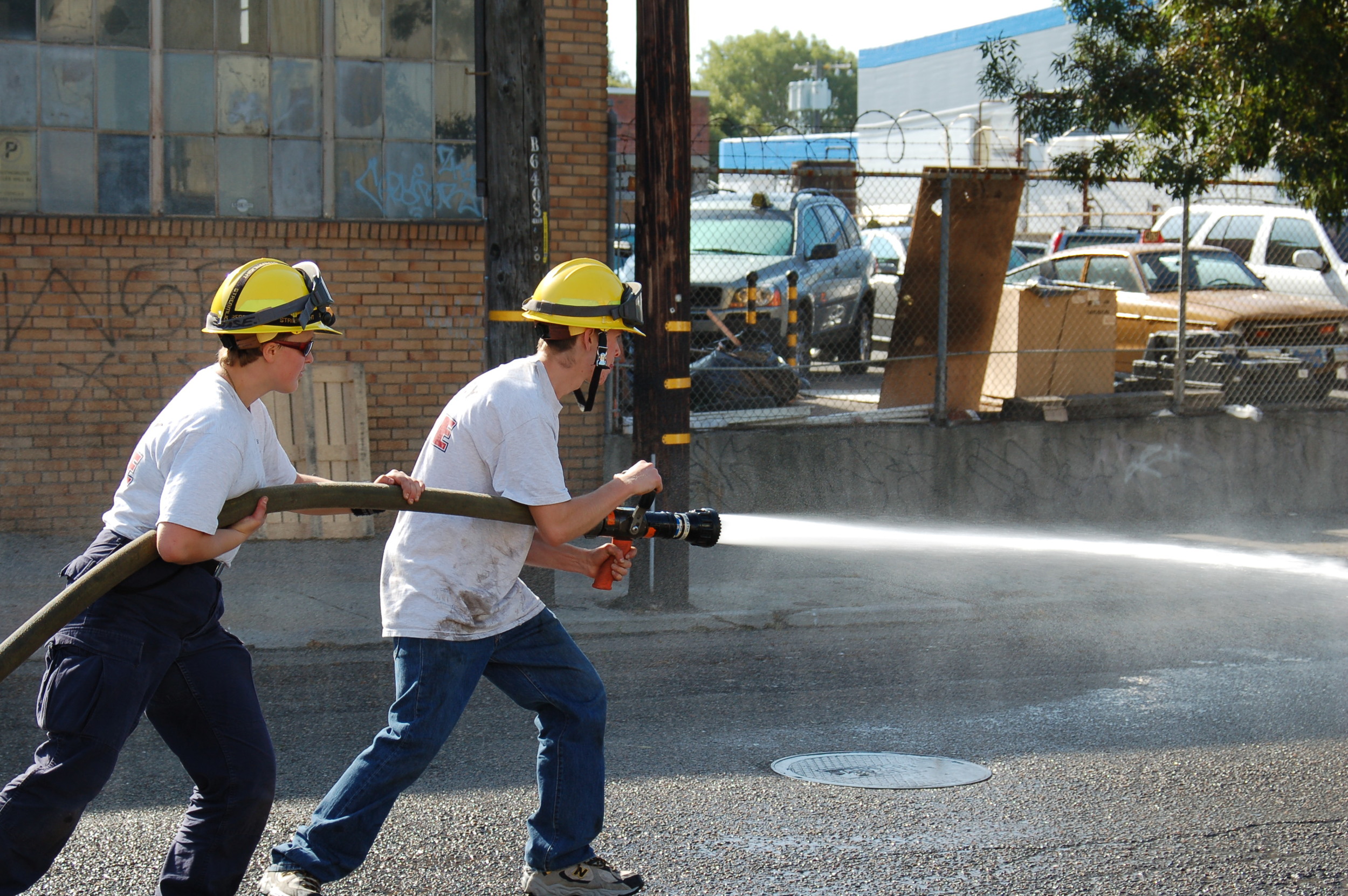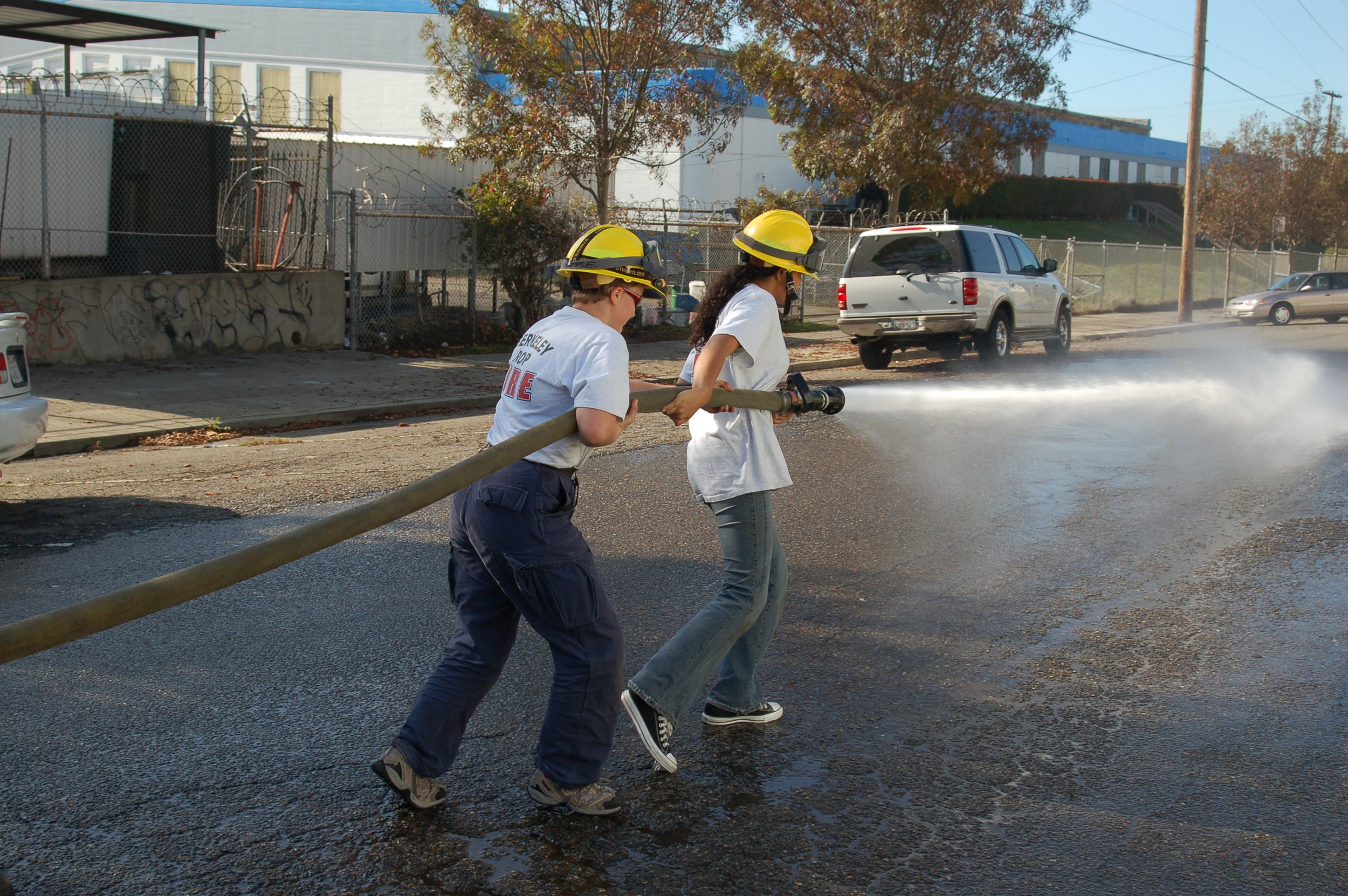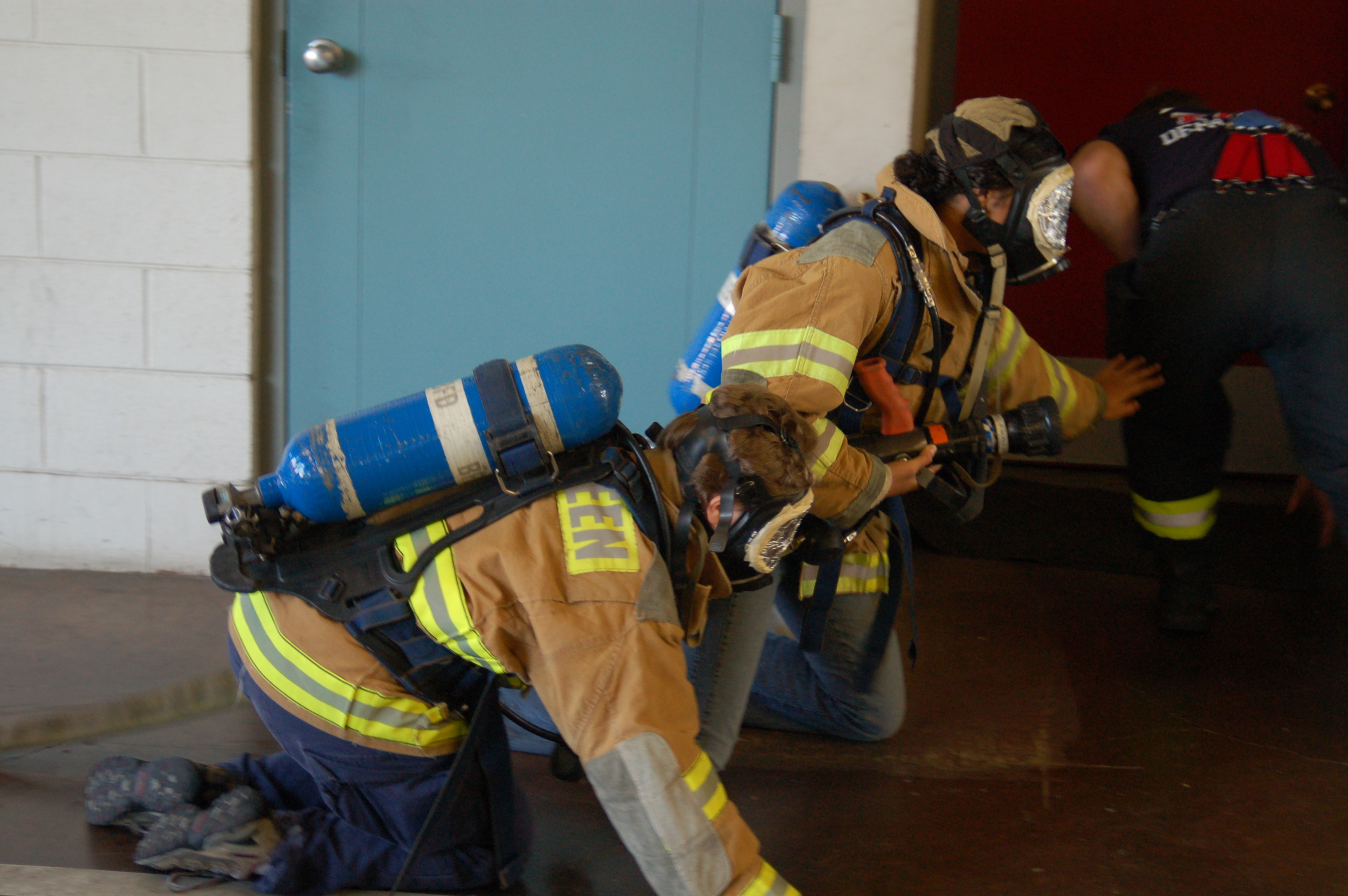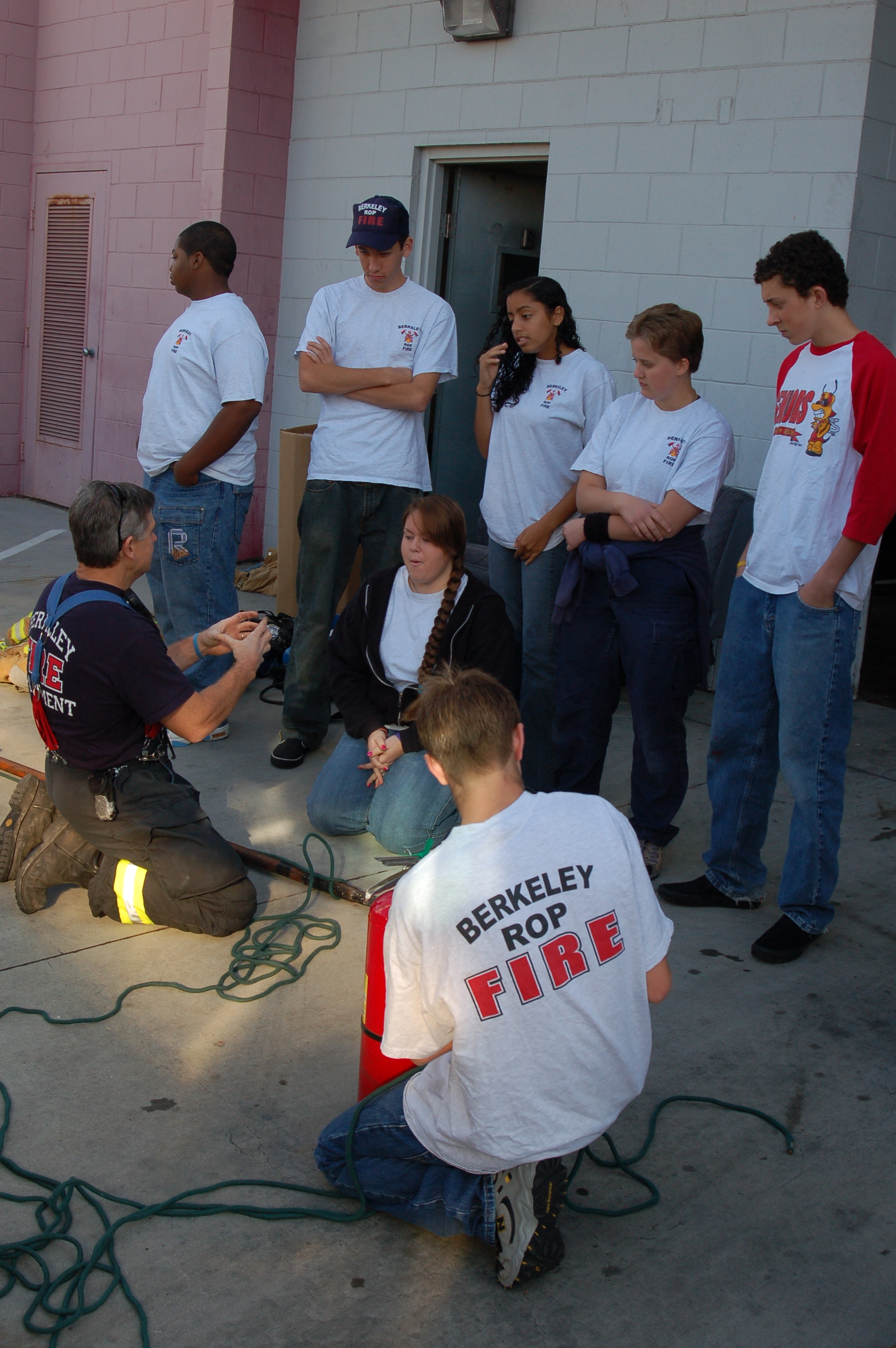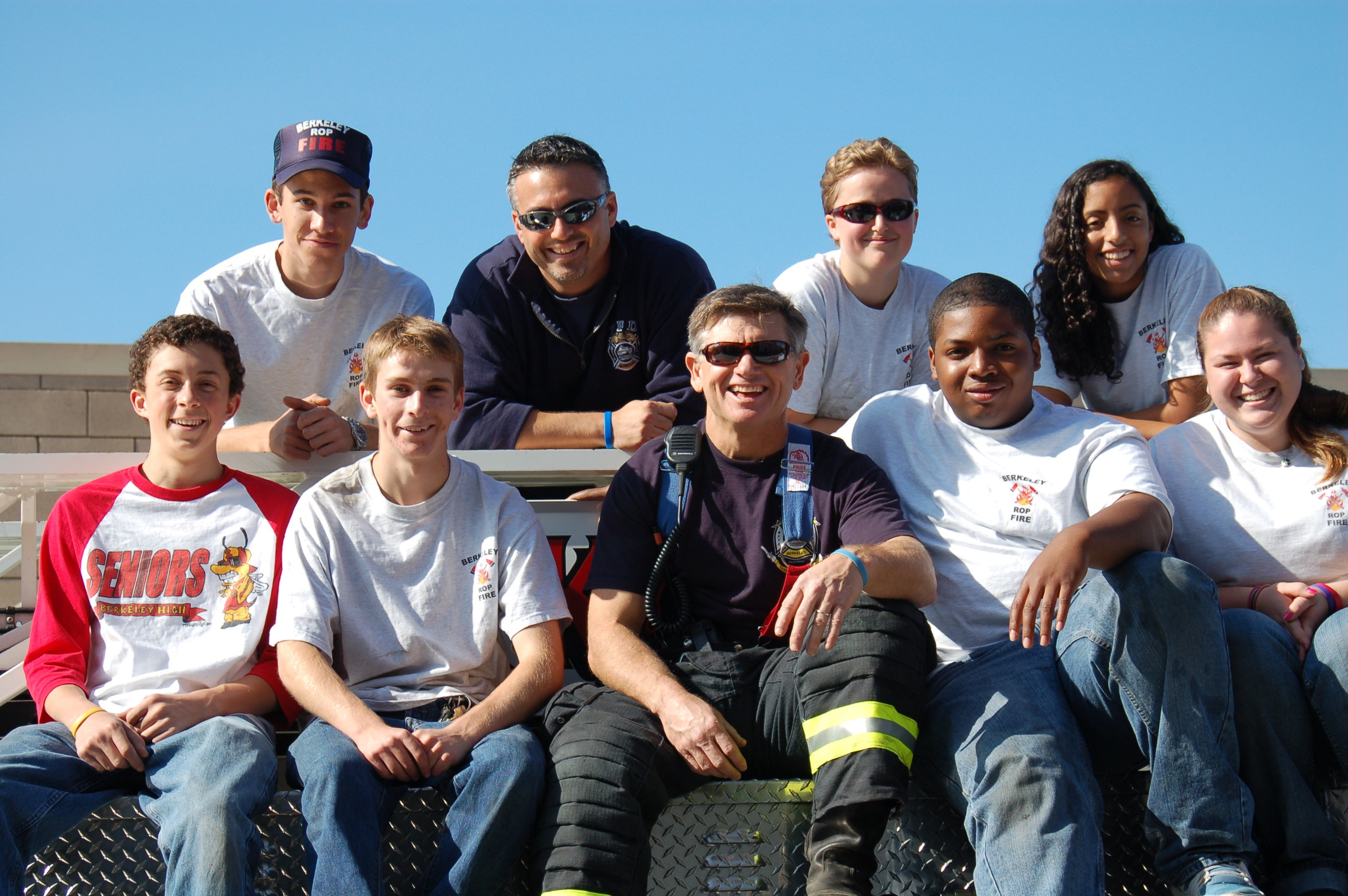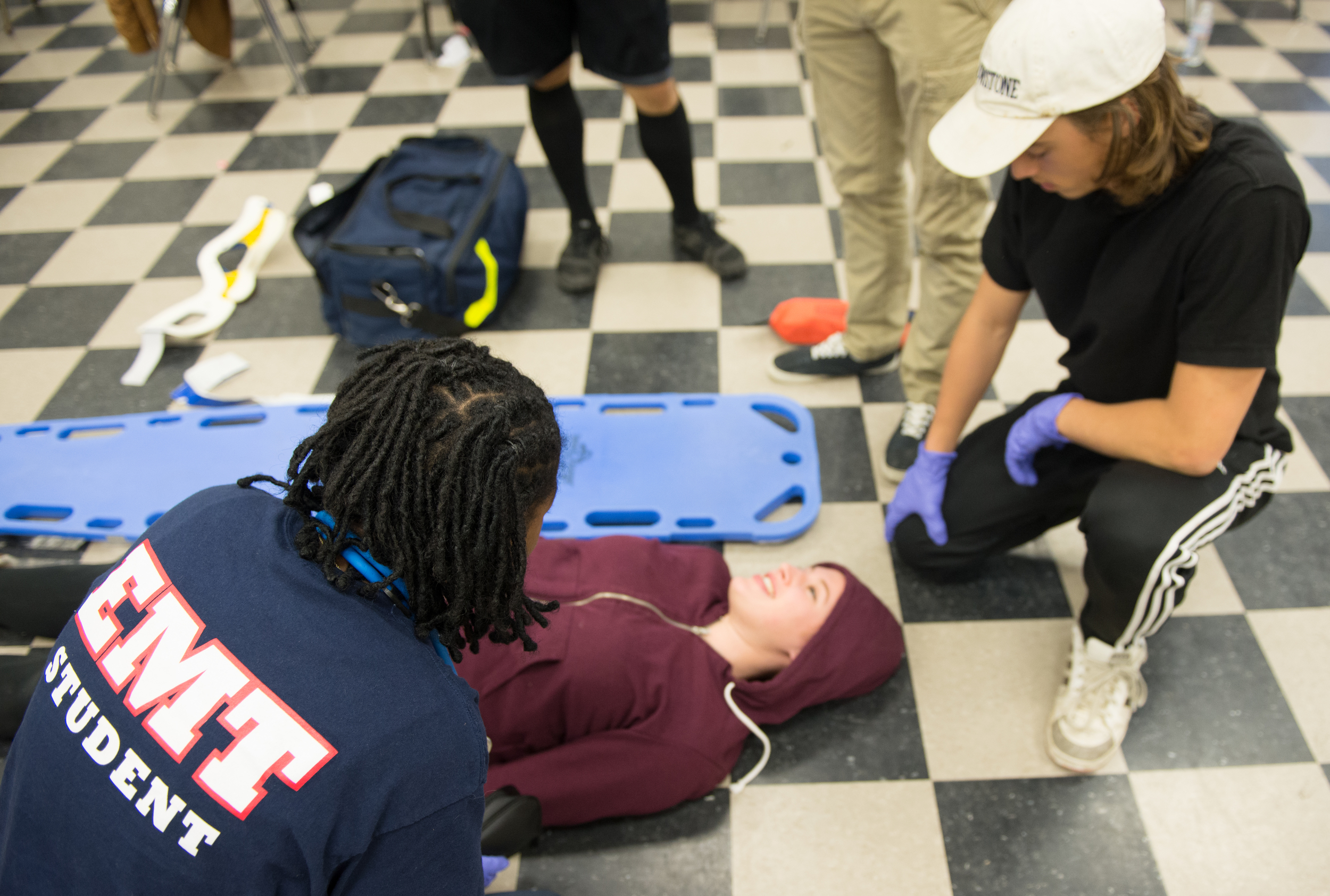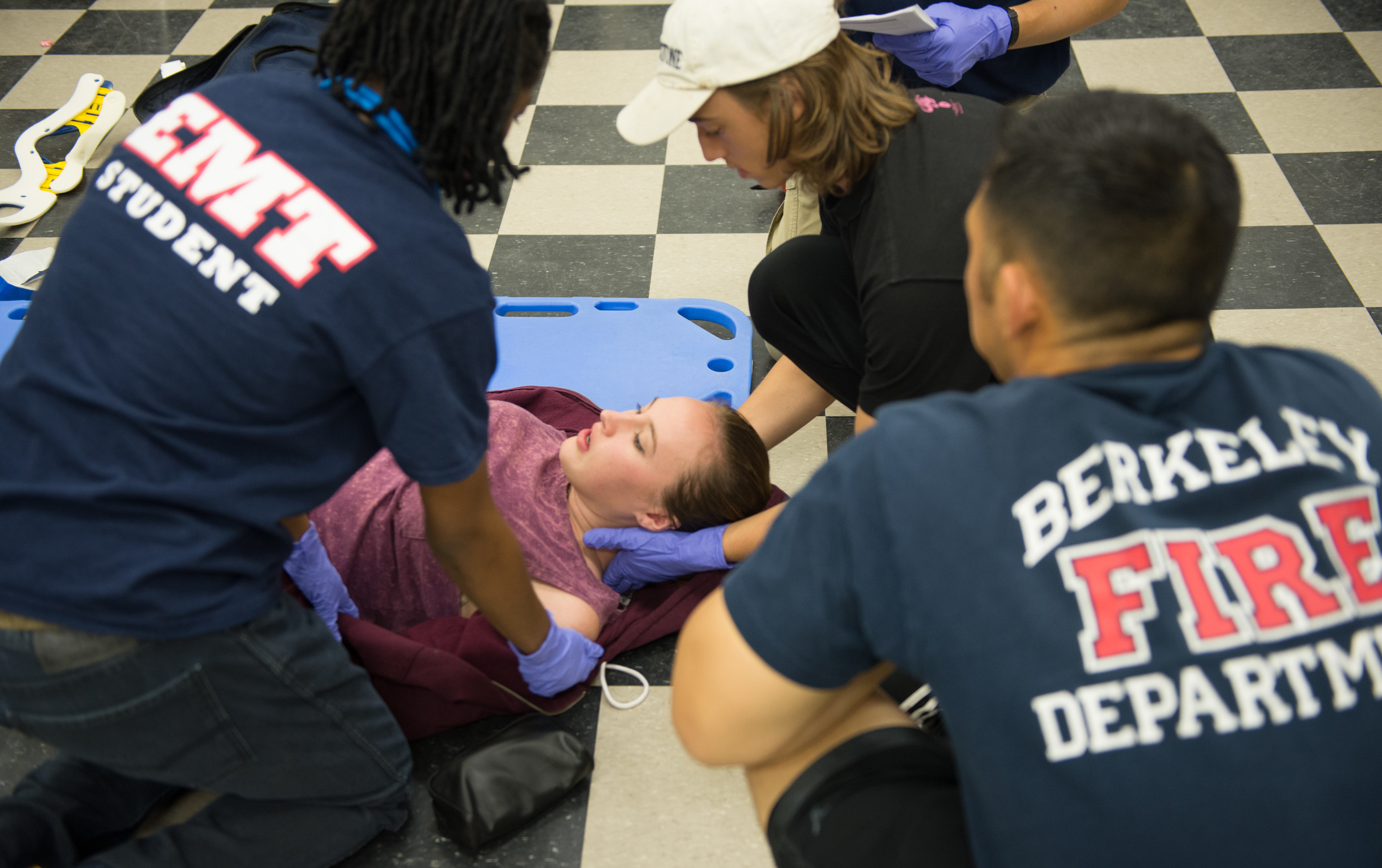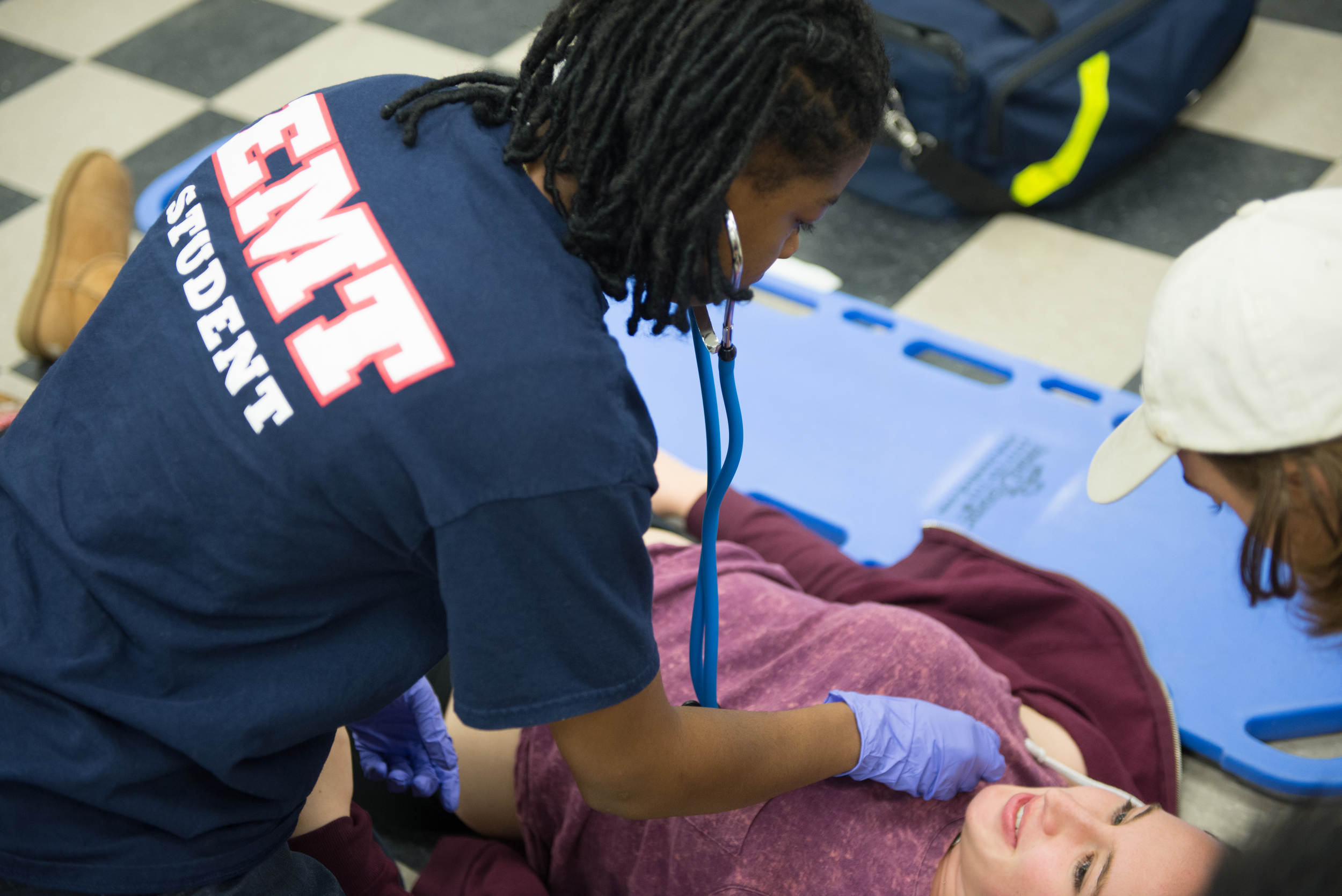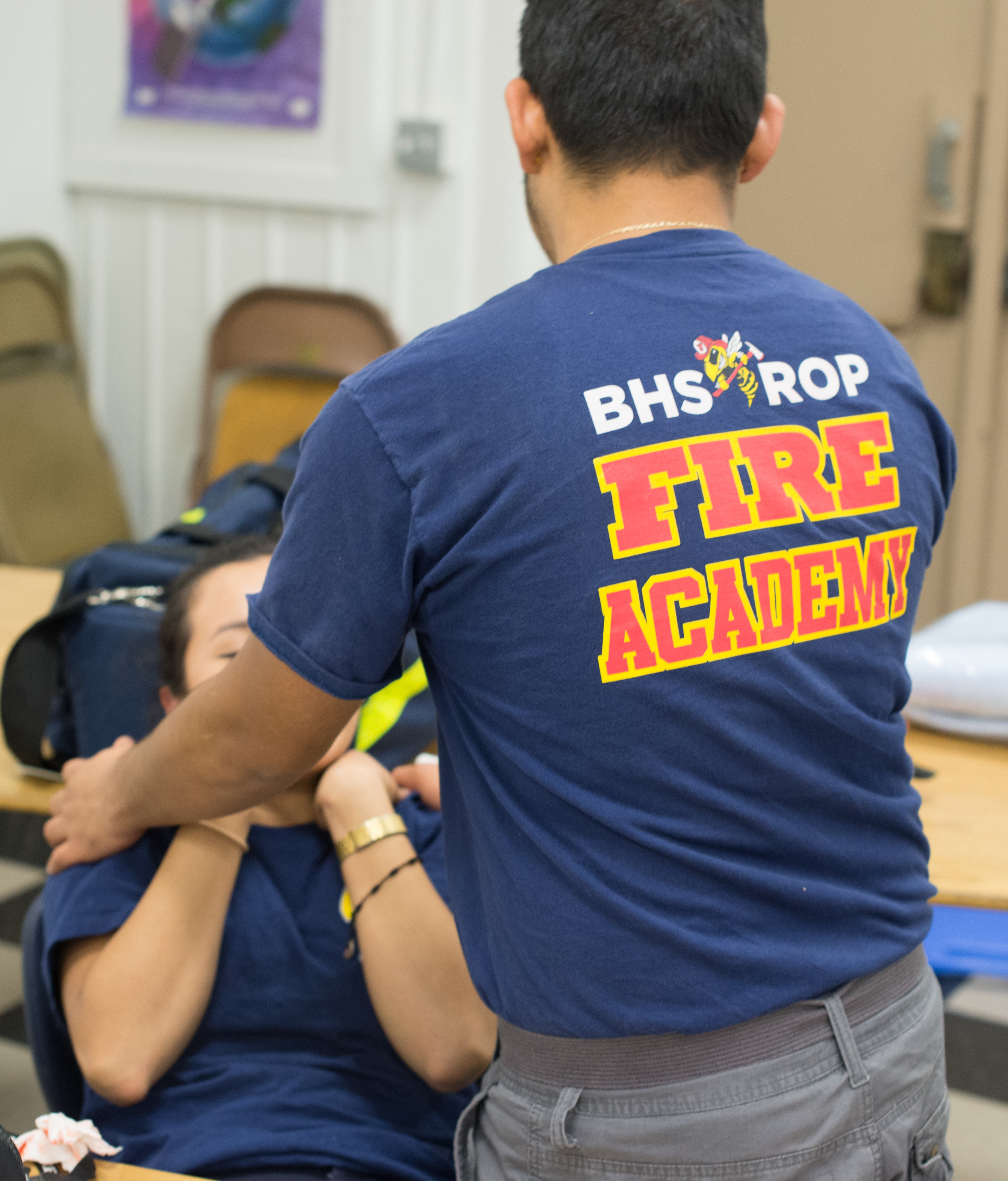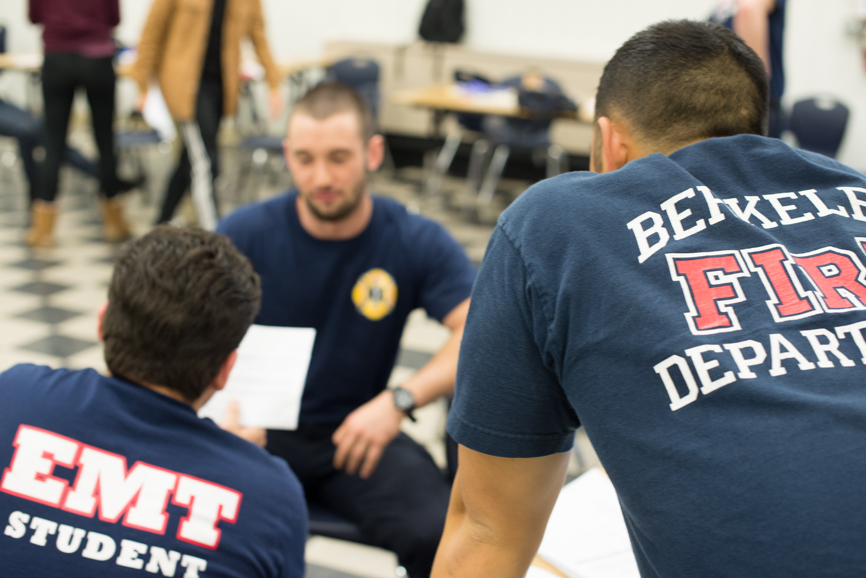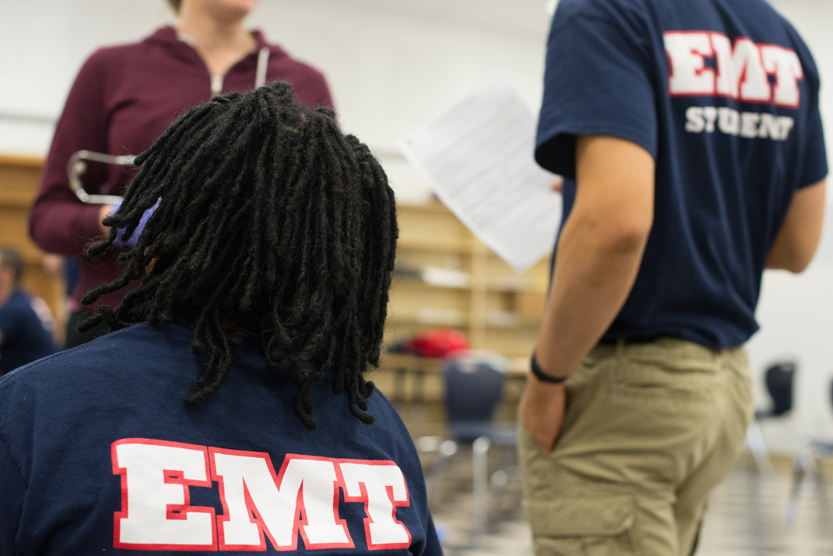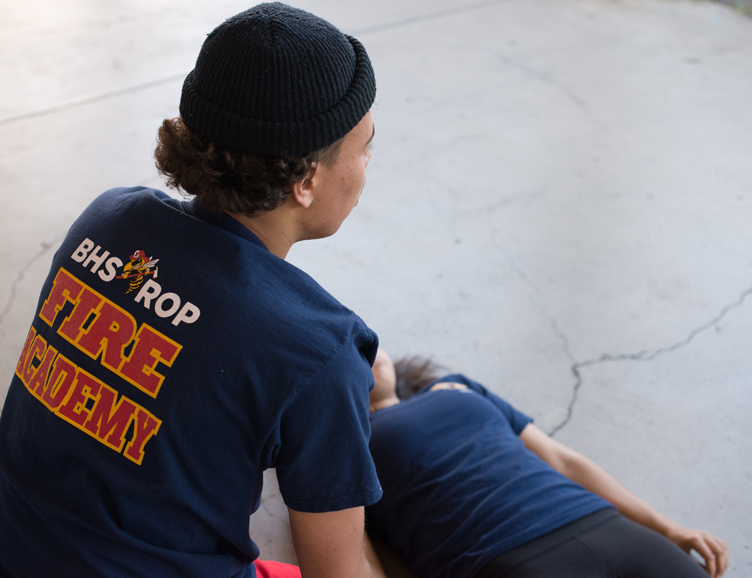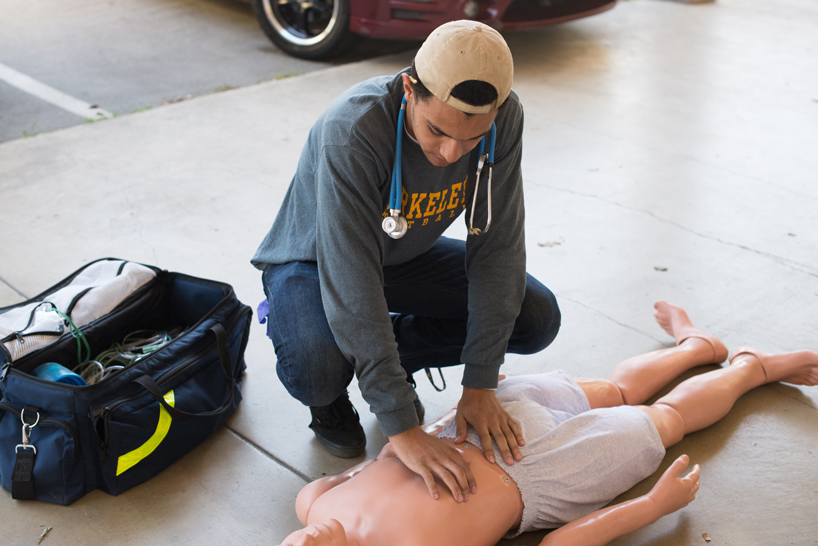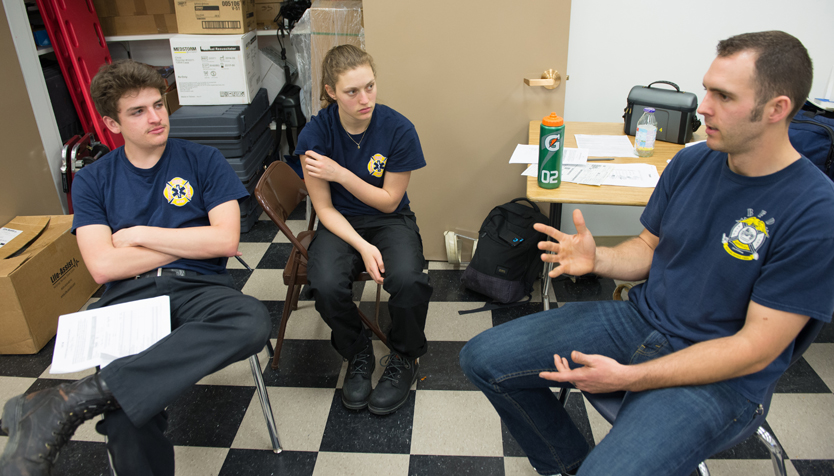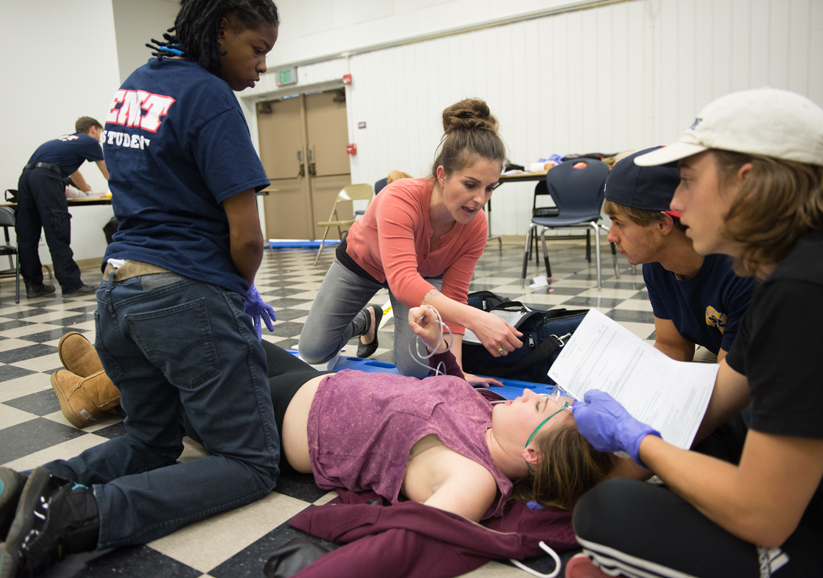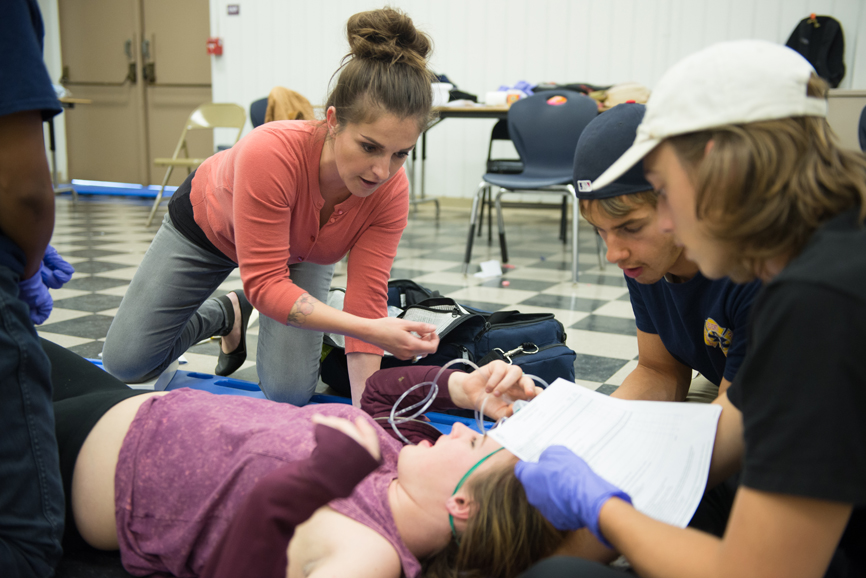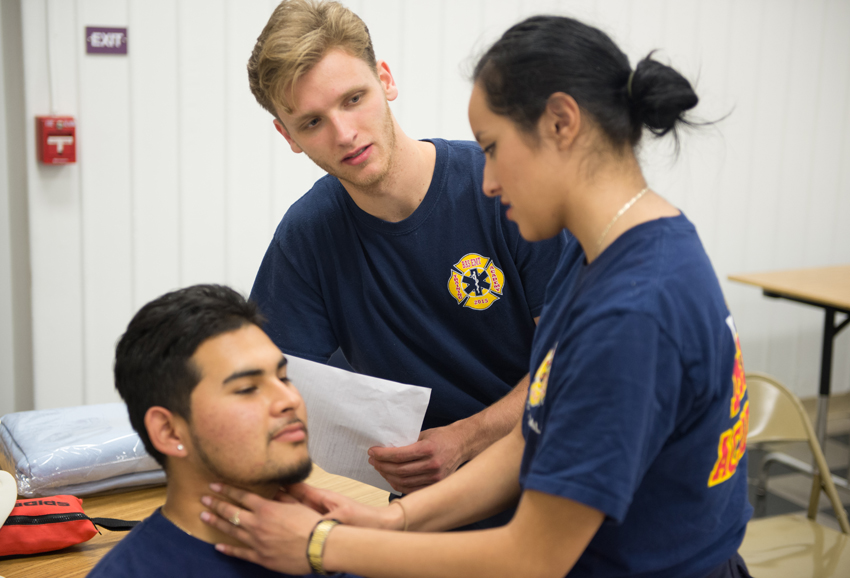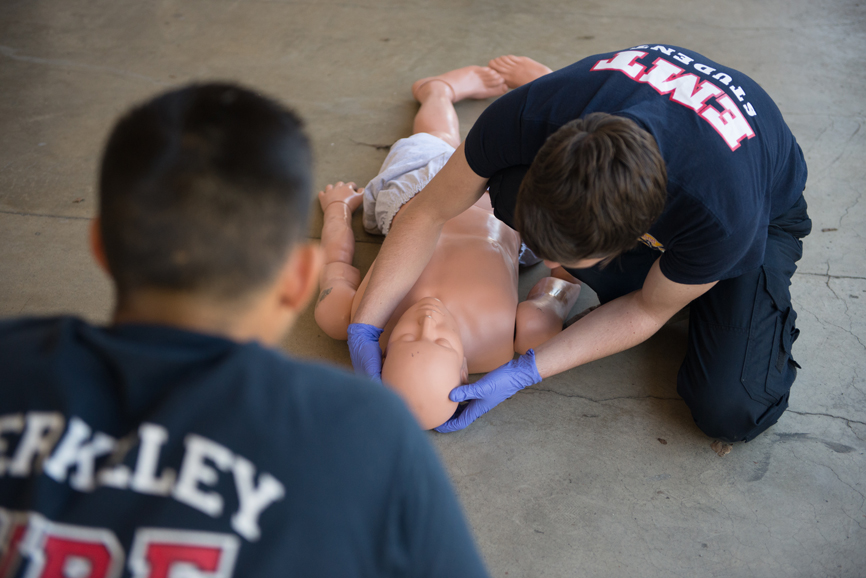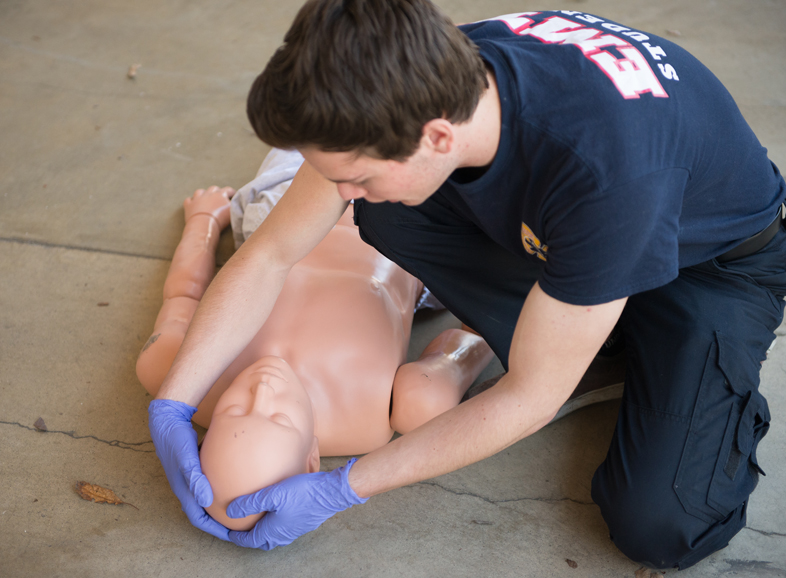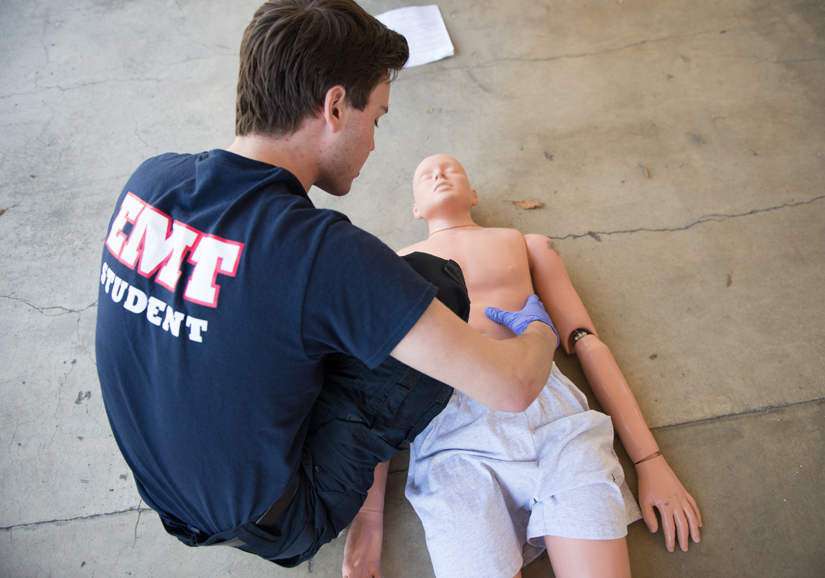Berkeley Safety Training & Education Pathway (B-STEP)
What is a pathway?
EDUCATE
Students learn fire science and emergency medical curriculum over two-years
EXPERIENCE
Gain the emergency medical service experience required to be licensed as a California Emergency Medical Technician (EMT)
EMPLOYMENT
Get hired as an EMT which will provide valuable experience for those who wish to continue on to Paramedic School
Pathway Overview
-
Start at BHS with Fire Science, a G-Elective for Physical Science.
This course will introduce the ideas on concepts that are essential to attaining success in emergency response and health science careers.
This course will strengthen students' grasp of chemistry by creating practical opportunities to understand the chemistry involved in different types of fires and fire suppression, and increasing the amount of instructional time in that field with a course that emphasizes chemistry in a practical context and to lay a firm foundation of scientific reasoning, organization, and laboratory skills.
-
This course is dual enrolled with Berkeley High School (BHS) and Berkeley Adult School (BAS) students.
The EMT-Basic program provides the student with an outline of the EMS system, introduces medical and trauma patient assessment skills, as well as teaches the anatomy and pathophysiology of common neurological, respiratory, and cardiac related emergencies. The course provides students with the skills and knowledge currently required to practice as a nationally certified emergency medical technician, and emphasizes the development of the students’ critical thinking skills in the recognition of signs and symptoms of illnesses and injuries and proper procedures of basic emergency medical care.
-
If you like EMS - continue to Paramedic school! Submit an interest card here.
While you gain experience as an EMT, begin taking the pre-requisites to enroll in Paramedic school through the Contra Costa Community College (CCC).
In order to enroll in the CCC program, you’ll need to hold a valid State EMT certification NREMT card, have an AHA CPR for the Healthcare Provider card, have completed anatomy and physiology courses, and meet basic English and math equivalencies that most people achieve by graduating high school. Be sure to check out the CCC student handbook for more detailed information about prerequisites, costs and the program in general.
-
Submit an interest card by clicking here!
B-STEP is partnered with the Contra Costa College paramedic program which is a two-day per-week, 16-month program. The program begins in the fall and concludes at the end of the following fall semester (including summer session).
The first two semesters include intensive lectures and lab components. Next, students move into clinical rotations in the hospital. Students spend about four months working with real patients, including adults, pediatrics, obstetrics, psychiatric, and geriatric patients.
During the final phase of training, students will complete an internship in the prehospital environment running 9-1-1 calls. The field internship typically takes about four months but may be extended as needed. During this time, students gain experience working as a team leader on a 9-1-1 ambulance under the supervision of an experienced paramedic preceptor.
Upon successful completion, graduates earn 31+ units of college credit and a Certificate of Achievement in Paramedic Studies. Graduates will also be eligible to take the national paramedic certification exam and apply for California paramedic licensure.
For additional information, review the paramedic program application and the paramedic student handbook. You can also contact the paramedic program director at any time.











